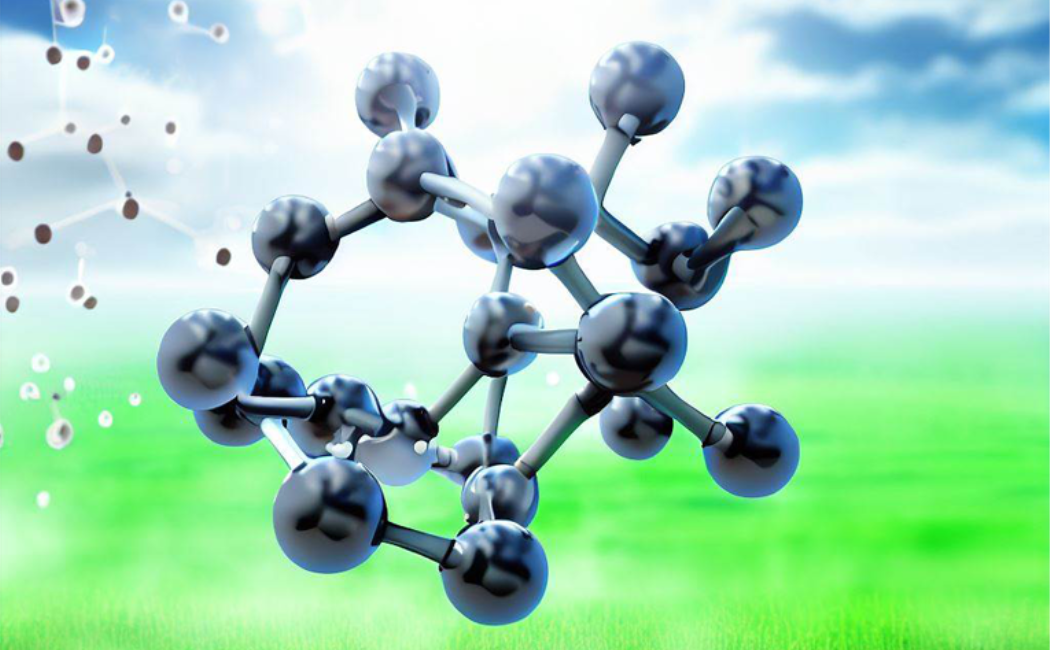
09 August, 2023
A new way of manufacturing synthetic ammonia-based fertilizers could usher in an era of greener, more environmentally friendly fertilizers. Image created with AI using Bing Image Creator.
Working together, a humble trio of calcium atoms have defied expectations to break apart one of the strongest chemical bonds known. The atoms form the key part of a catalyst that can cleave the triply bonded nitrogen molecule (N2), an essential step in synthetic ammonia-based fertilizer manufacture. The discovery could inspire new and greener ways to make fertilizer and other essential chemicals.
Calcium’s capability to catalyze the production of ammonia from nitrogen was very unexpected, says Yoji Kobayashi, an inorganic materials chemist from KAUST, who co-led the work. Industrial ammonia production currently is carried out using an iron catalyst, but the process requires high reaction temperatures and pressures, which has prompted the search for alternatives.
“Classical ammonia synthesis catalysts are known to work well when based on ruthenium, iron or cobalt, while they work extremely poorly with other early transition metal compounds, such as chromium,” Kobayashi says. But in the past few years, Kobayashi and a few other groups have discovered several more effective hydride catalysts based on titanium, vanadium and chromium, reinvigorating the search for new ammonia catalysts.
Read more at KAUST Discovery.